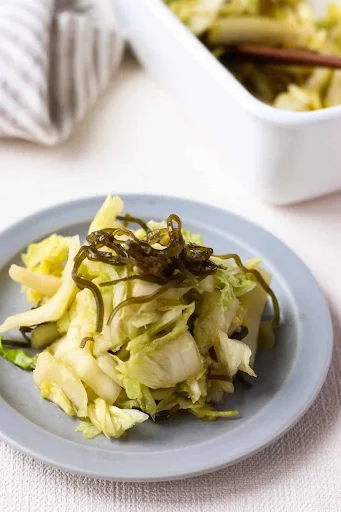Nestled along the western coastline of India, Goa is a vibrant blend of natural beauty, rich history, and modern culture. Known for its pristine beaches, vibrant nightlife, and cultural heritage, Goa has something to offer for every type of traveler. Whether you are an adventure enthusiast, a history buff, or someone looking to relax and unwind, Goa promises a memorable experience.
Sun-Kissed Beaches
Goa’s beaches are its most iconic attractions. From the bustling shores of Baga and Calangute to the serene sands of Palolem and Anjuna, each beach has its unique charm. Baga and Calangute are perfect for those who enjoy water sports and beach parties, while Palolem and Anjuna are ideal for those seeking tranquility and scenic beauty. The beaches of Goa offer opportunities for everything from sunbathing and swimming to parasailing and jet-skiing.
Beyond its beaches, Goa boasts a rich cultural tapestry woven from its Portuguese heritage and Indian traditions. The Basilica of Bom Jesus, a UNESCO World Heritage Site, houses the remains of St. Francis Xavier and is a significant pilgrimage site. The Se Cathedral, one of the largest churches in Asia, showcases impressive Portuguese-Manueline architecture. Old Goa, with its colonial-era buildings and churches, transports visitors back to a time when it was a bustling hub of trade and religion.
Vibrant Nightlife
Goa’s nightlife is legendary. From beachside shacks that turn into lively dance floors at night to upscale clubs and bars, the options are endless. Tito’s and Mambo’s on Baga Beach are two of the most famous nightclubs, known for their electric atmosphere and international DJs. For a more laid-back experience, the beach shacks of Palolem and Vagator offer relaxed settings with live music and sunset views.
Adventure and Activities
For the adventure seekers, Goa offers an array of activities. Water sports like windsurfing, kite surfing, and scuba diving are popular along the coast. The region’s lush hinterlands provide excellent opportunities for trekking, with trails leading to hidden waterfalls and spice plantations. Wildlife sanctuaries like Bhagwan Mahavir and Cotigao offer a chance to spot exotic fauna and experience the region’s diverse ecosystems.
Culinary Delights
Goan cuisine is a delightful mix of Portuguese and Indian flavors. Seafood lovers can indulge in fresh catches cooked with local spices, while vegetarians will find an array of flavorful dishes made from local produce. Must-try dishes include Goan fish curry, prawn balchão, and bebinca, a traditional Goan dessert. The local markets and beach shacks serve up some of the best, authentic Goan food.
Festivals and Events
Goa’s festive spirit is evident in its numerous celebrations throughout the year. The Goa Carnival, held in February, is a three-day extravaganza of music, dance, and colorful parades. Christmas and New Year’s Eve are celebrated with great enthusiasm, with fireworks lighting up the beaches. The International Film Festival of India (IFFI) held annually in Goa, attracts filmmakers and cinema lovers from around the world.
Goa is increasingly focusing on sustainable tourism. Travelers can participate in eco-friendly activities such as beach clean-ups, staying in eco-resorts, and supporting local artisans by purchasing handmade crafts. Several organizations offer tours that educate visitors about the importance of preserving Goa’s natural and cultural heritage.
Conclusion
Goa, with its sun-drenched beaches, rich history, and vibrant culture, is a destination that promises diverse and enriching experiences. Whether you are seeking adventure, relaxation, or a cultural journey, Goa has it all. As you plan your visit, remember to embrace the local way of life, respect the environment, and immerse yourself fully in the unique blend of Indian and Portuguese cultures that make Goa a truly special place.

































